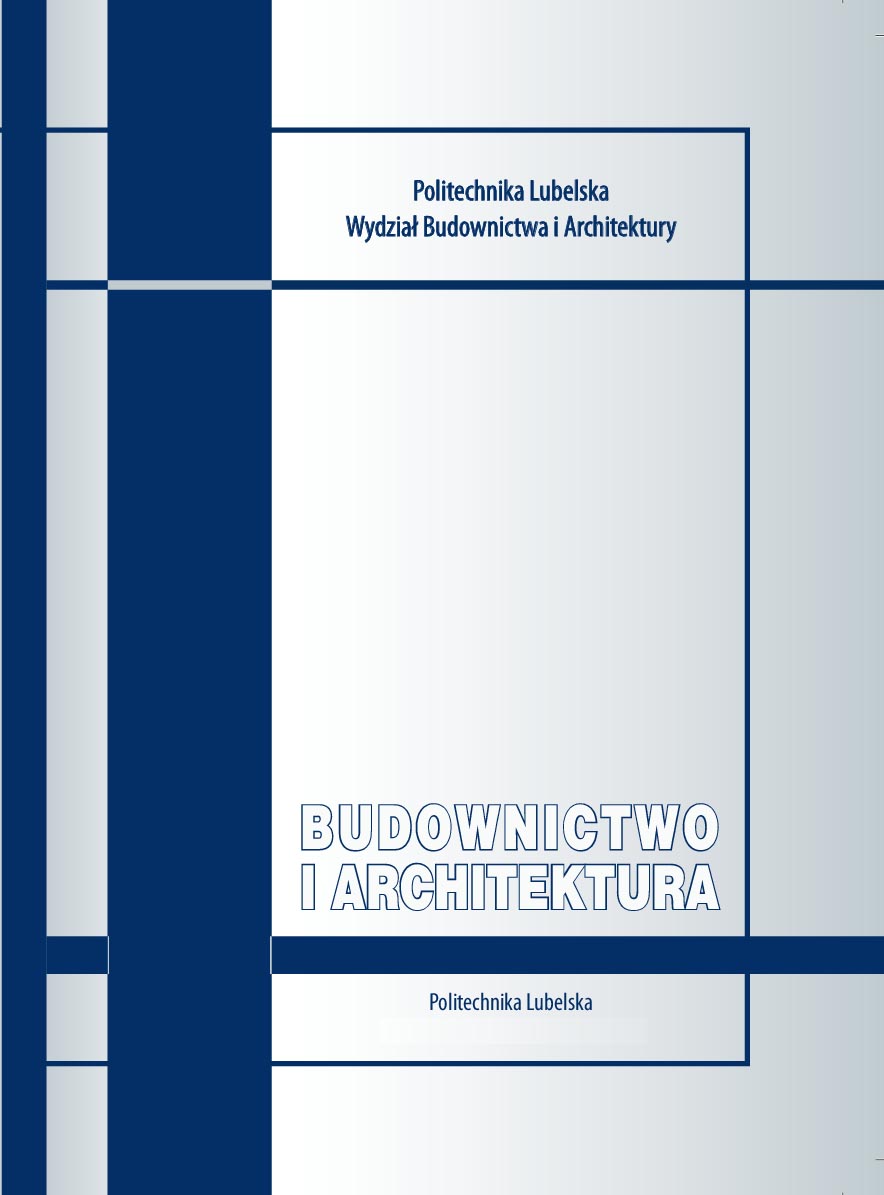Wernakularna, czyli jaka?
Uwagi semantyczne na marginesie tematu konferencji
Vernacular, which means? Semantic remarks as side notes on the main topic of the conference
Author(s): Grzegorz RytelSubject(s): Architecture, Theoretical Linguistics, Semantics
Published by: Biblioteka Politechniki Lubelskiej
Keywords: architecture; vernacular; verna; semantics
Summary/Abstract: The term vernacular referring to art and architecture was used for the first time in England in the middle of the nineteenth century. Numerous definitions have been created since the first Conference on Vernacular Architecture in Plovdiv in 1975. Still none of them defines the term utterly. Discrepancies in its interpretations could also be seen in attempts to translate the term coined in English and deriving from Latin.The right meaning of the term vernacular architecture shall be searched in its linguistics – etymology and semantics. In some works on vernacular architecture there are references to a word derivation - the primary Latin term verna. The word describes a slave born in a house of their master – well-known, familiar to all household members, trustworthy, close, but at the same time meaningless (faceless), withdrawn, ‘invisible’, someone who belongs in fact neither to the household nor to the family. One might say vernacular architecture does not look up to itself in the mirror; its attribute is self-unconsciousness. Architecture remains vernacular – anonymous, day-to-day, satisfying the most basic needs, becoming increasingly better with generations in models recognisable by their users – as long as it is not tempted by interpreting sophisticated, modern models of monumental architecture; as long as it does not compete to be distinctive. And maybe therefore in this regard it is architecture without an architect.
Journal: Budownictwo i Architektura
- Issue Year: 14/2015
- Issue No: 3
- Page Range: 143-150
- Page Count: 8
- Language: Polish

